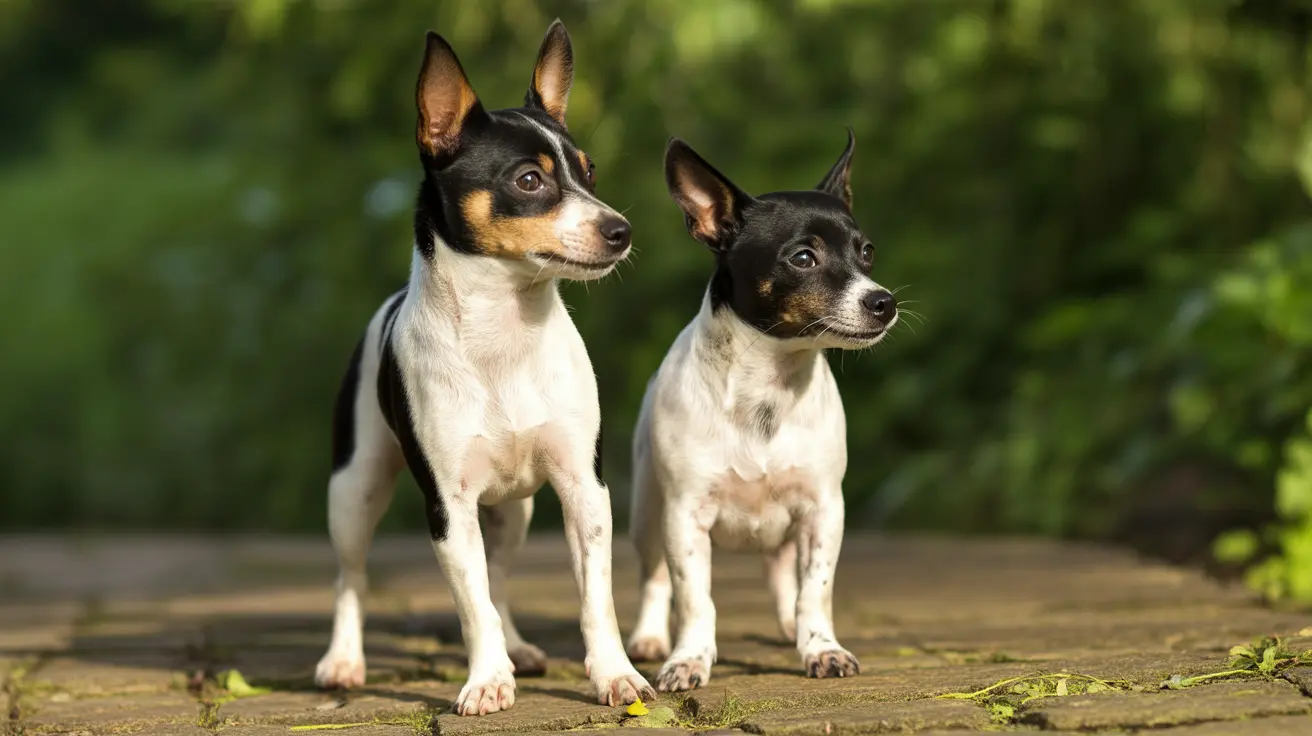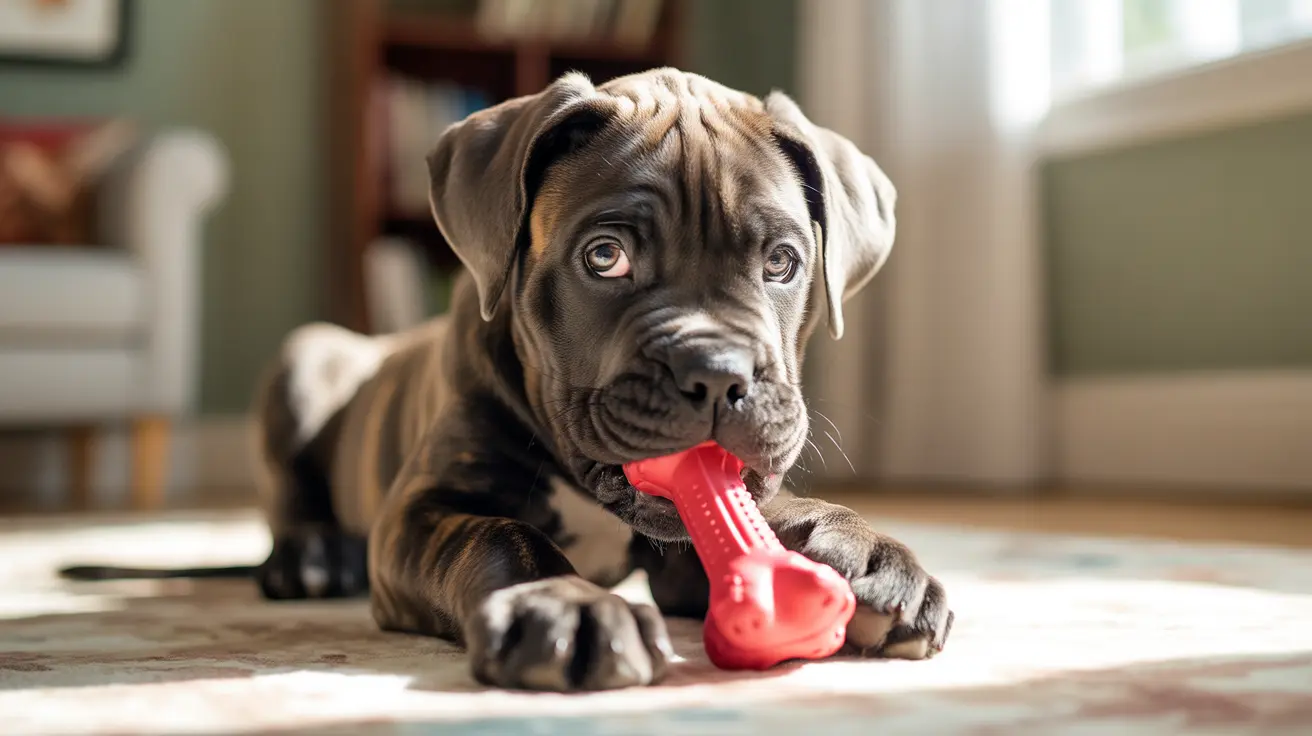How Do Dogs Apologize? Understanding Canine Reconciliation Behaviors
Dogs, beloved for their loyalty and emotional sensitivity, have a unique way of expressing emotions. When it comes to conflict or perceived misbehavior, many dog owners wonder:
do dogs apologize? While dogs lack the complex verbal expressions of human apologies, they do exhibit reconciliation behaviors that signal submission, regret, or a desire to make amends.
Canine Social Intelligence
Dogs are social animals that rely on
non-verbal cues to communicate. Their emotional intelligence and ability to pick up on human moods allow them to navigate relationships with surprising nuance. When a dog does something undesirable—like chewing a shoe or growling—and notices its owner's displeasure, it may exhibit apologetic behaviors grounded in evolutionary pack dynamics.
Signs That Dogs Use to 'Apologize'
Recognizing that a dog isn't capable of understanding guilt as humans do, we still observe numerous actions they take in attempts to reconcile:
- Licking: Licks to a person’s hands or face can be interpreted as placating gestures.
- Lowered Head and Body: A submissive posture, with ears back and body low, suggests deferential intent.
- Tail Wagging: Specifically, a low wagging tail can signal peace and friendliness.
- Pawing or Nudging: Gentle gestures to get attention can be attempts to re-engage positively.
- Avoiding Eye Contact: In canine language, this is a sign of deference or submission.
These behaviors often emerge after the dog senses a shift in their owner's mood or routine, reflecting their high sensitivity to human emotional expressions.
Apologizing or Appeasing?
Experts consider most of these actions forms of
appeasement behavior rather than apologies as humans define them. Dogs may not feel guilt in the moral sense, but they respond to social cues indicating approval or disapproval. When chastised, dogs often act in ways that reduce tension and restore social harmony—especially with people they’re bonded to deeply.
Why Do Dogs Apologize This Way?
These behaviors are rooted in evolutionary pack dynamics. Within a dog’s ancestral wolf pack structure:
- Cooperation was essential for survival.
- Conflict had to be resolved swiftly to preserve group order.
- Submissive gestures like lowering the head or licking the mouth played key roles in peacemaking.
These instincts have carried over into domestic dogs, allowing them to use similar behaviors within human households. Thus, what we interpret as an apology may be an inherited behavior facilititating reconciliation.
The Role of Body Language
Dogs communicate primarily through
body language. A dog’s posture, tail position, and facial expressions convey emotion more authentically than vocalizations. When apologizing, expect a mix of:
- Relaxed ears and eyes
- Soft vocalizations (like whining)
- Closeness-seeking behaviors
Paying attention to these cues provides insight into your dog’s emotional state.
Reinforcing Positive Behavior
If your dog exhibits remorse-like behavior after doing something wrong:
- Stay calm: Overreacting can confuse or frighten your dog.
- Use consistent commands: Clarity in expectation helps reduce future conflicts.
- Redirect behavior: Offer a toy to chew instead of reprimanding angrily.
- Reward calm reconciliation: Praise your dog when it seeks peace to reinforce trust.
Respectful communication and patience are essential. Dogs thrive on positive reinforcement and gentle correction.
When Dogs Cause Harm Unintentionally
Some dogs show remorse-like traits more prominently after causing pain (like accidentally biting during play). Their reaction—a sudden halt, lowered posture, and clingy behavior—might be their way of showing regret. Interpreting it compassionately builds mutual understanding.
Conclusion
While dogs don’t apologize in the human sense, they exhibit
submissive and affectionate behaviors to maintain harmony with their bonded humans. Their ability to detect emotional changes and respond accordingly makes these gestures feel like heartfelt apologies. By reading these signals and responding supportively, pet owners can strengthen a trusting and respectful relationship with their canine companions.





